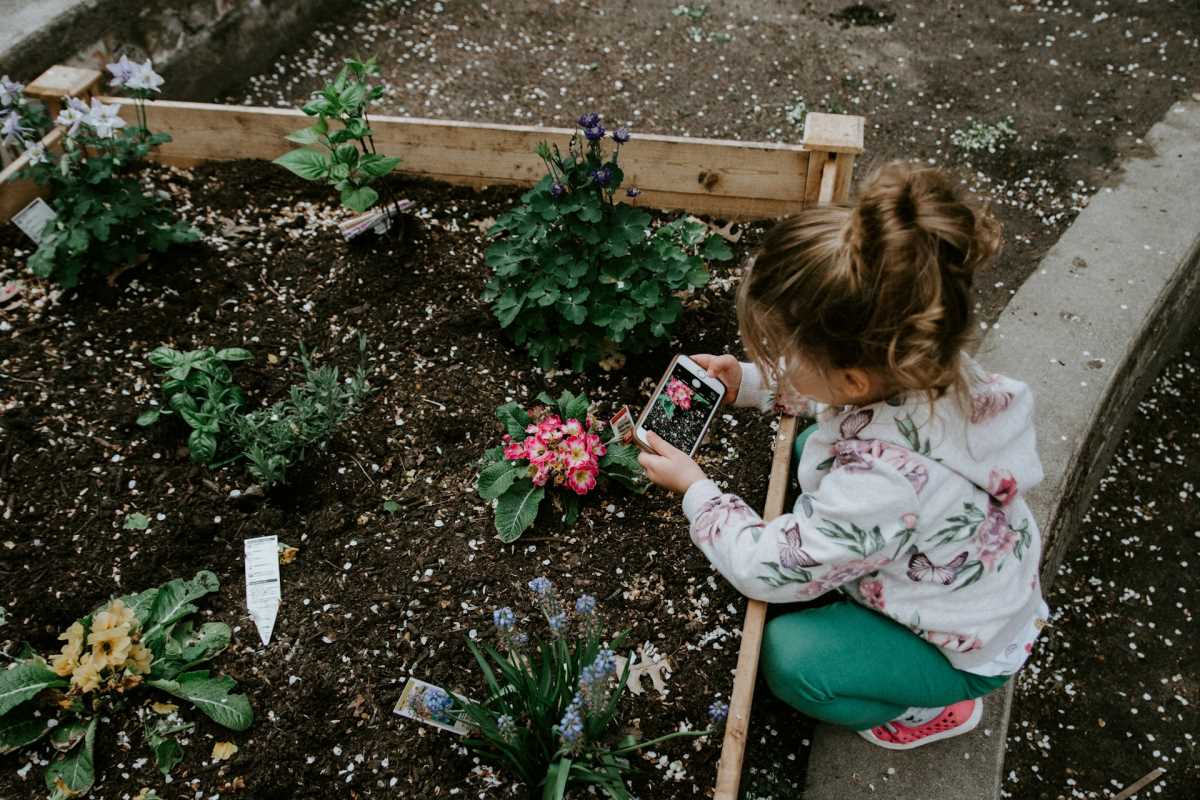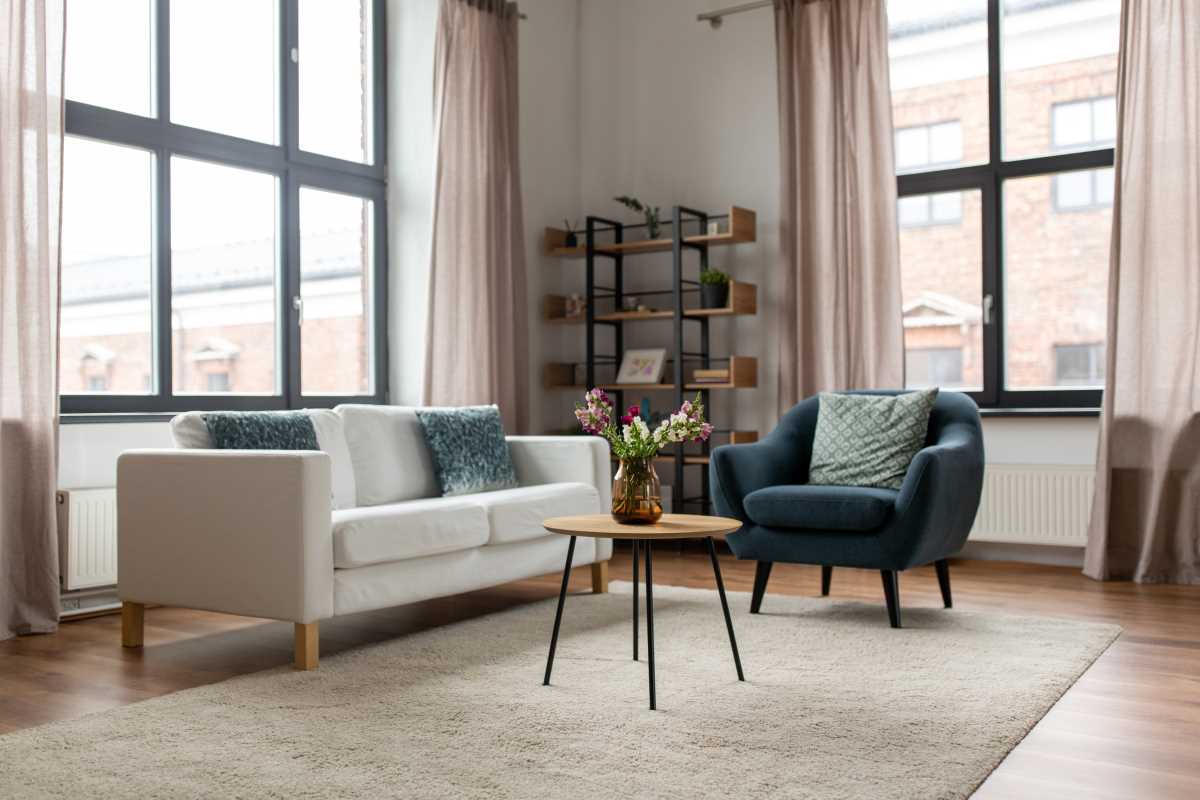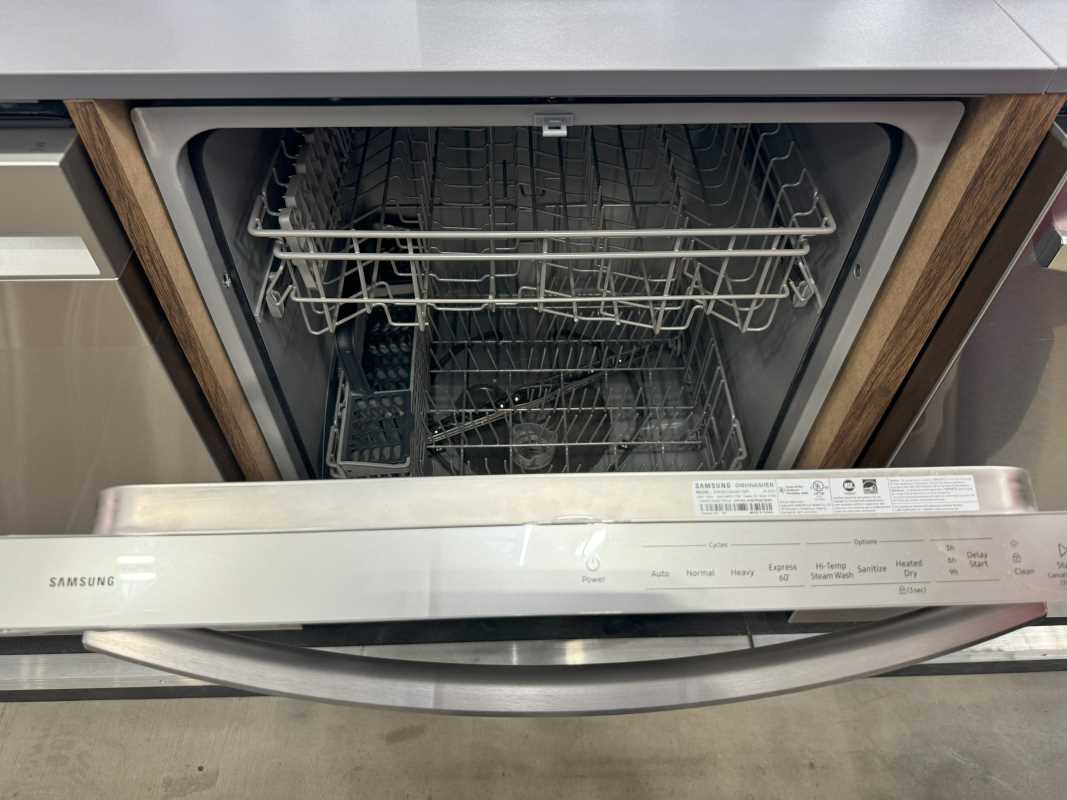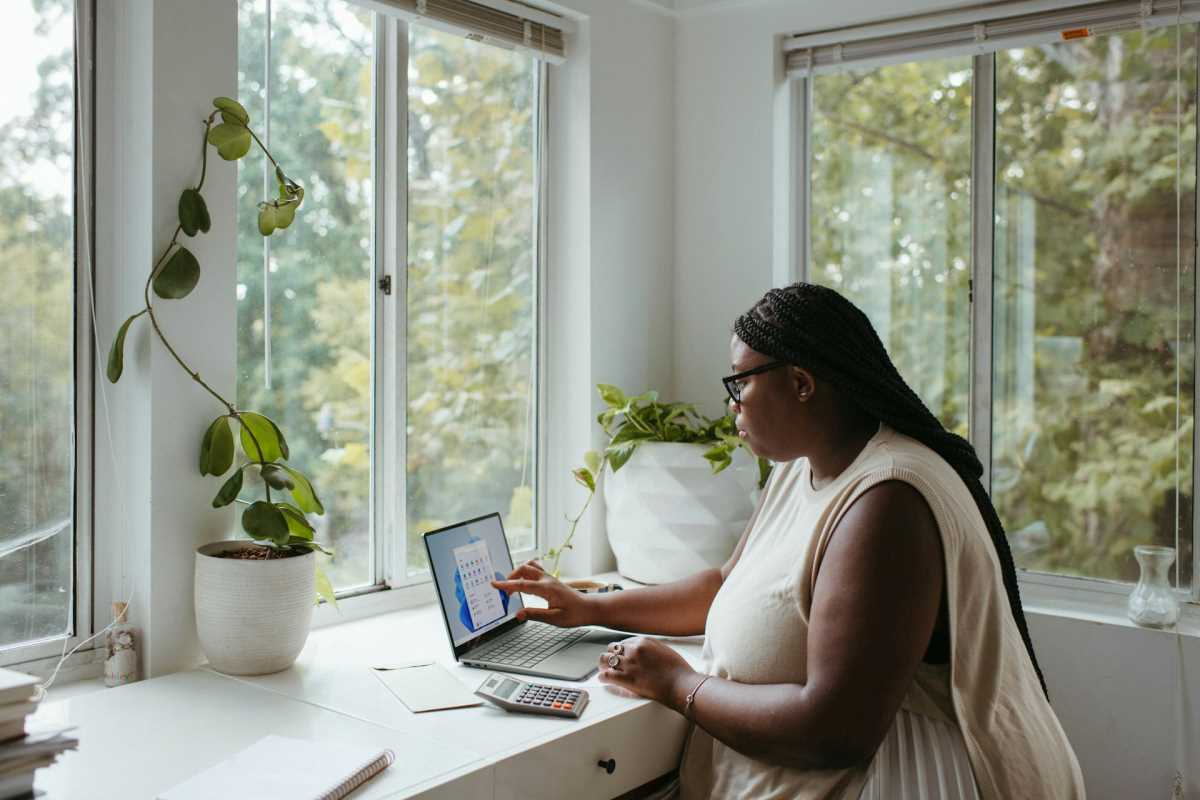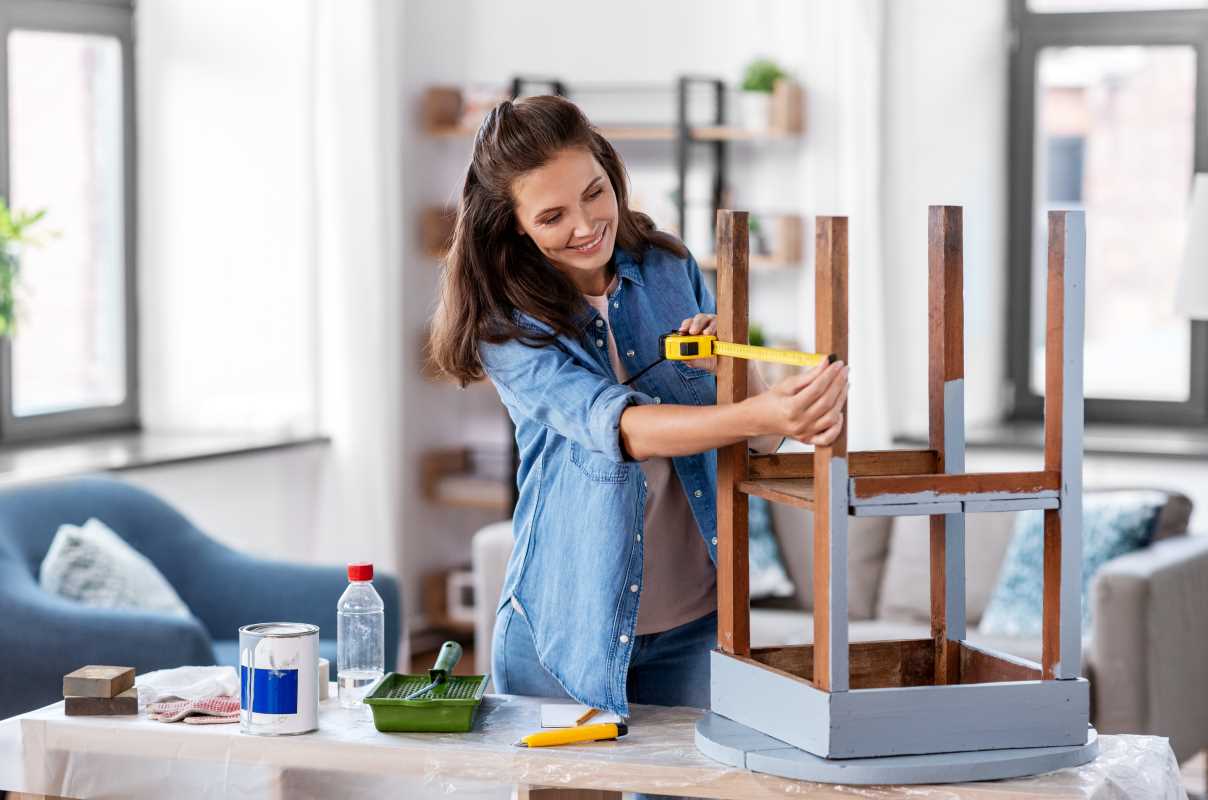Living in a smaller home, whether by choice or circumstance, presents a unique opportunity to be creative and intentional with your space. While it can feel challenging to fit everything you need without feeling cramped, the right layout strategies can transform a small room into a functional, comfortable, and stylish retreat. It’s all about making smart choices that maximize every square foot.
This guide provides reliable and practical layout tricks to help you make the most of your home. From choosing the right furniture to using visual illusions, these tips are designed to help you create a space that feels open, organized, and inviting. Let's explore how you can unlock the full potential of your compact living areas.
1. Use Vertical Space Wisely
When floor space is limited, the only way to go is up. Using your vertical space is one of the most effective ways to add storage and draw the eye upward, making the room feel taller and more open.
- Install Tall Bookshelves: A tall, narrow bookshelf provides significant storage without taking up much floor space. It encourages the eye to travel vertically, creating an illusion of height.
- Use Wall-Mounted Shelving: Floating shelves are perfect for displaying decor, storing books, or even creating a small office nook. Because they don't have brackets that reach the floor, they create a sense of spaciousness.
- Hang Your Plants: Instead of placing plants on floors or tables, use hanging planters or wall-mounted pots. This adds a touch of nature without cluttering valuable surfaces.
2. Choose Multi-Functional Furniture
In a small space, every piece of furniture should work hard. Multi-functional pieces serve more than one purpose, saving you space and money while keeping your home organized and versatile. This is a practical approach that delivers real value.
- Ottoman with Storage: A storage ottoman can act as a coffee table, extra seating, a footrest, and a place to hide blankets, magazines, or remote controls.
- Extendable Dining Table: An extendable table allows you to keep your dining area compact for daily use but provides the flexibility to host guests comfortably when needed.
- Sofa Beds and Daybeds: A high-quality sofa bed or a stylish daybed is perfect for a guest room that also functions as a home office or den. It provides comfortable seating by day and a bed by night.
3. Create Visual Illusions of Space
You can make a room feel much larger than it is by using a few trusted design tricks. These visual strategies fool the eye into perceiving more depth, height, and openness.
- Use Mirrors Strategically: This is a classic for a reason. A large mirror can visually double the size of a room. Place it opposite a window to reflect natural light and the view, which will make the space feel brighter and more expansive.
- Choose Furniture with Legs: Sofas, armchairs, and consoles that are raised on legs create a sense of openness because you can see the floor underneath them. This allows light and air to flow more freely, making the room feel less crowded.
- Opt for a Monochromatic Color Scheme: Using varying shades and tints of one color can make a space feel larger. A light, neutral palette is particularly effective at creating a calm, airy atmosphere. It unifies the space and blurs the boundaries of the room.
4. Maximize Natural Light
Natural light is a small space's best friend. A bright, well-lit room always feels more open and inviting. Making the most of the light you have is a simple yet powerful way to enhance your home.
- Use Lightweight Curtains: Heavy, dark drapes can absorb light and make a room feel closed in. Opt for sheer or light-colored curtains that provide privacy while still allowing sunlight to filter through.
- Keep Windows Unobstructed: Avoid placing large pieces of furniture directly in front of windows. This ensures you get the maximum amount of light possible and keeps the view open.
- Clean Your Windows: It sounds simple, but clean windows can significantly increase the amount of light that enters a room. Make it a regular part of your cleaning routine.
5. Define Zones with Rugs
In a studio apartment or an open-plan living area, creating distinct zones can make the space feel more organized and purposeful. Area rugs are a perfect tool for this job.
- Anchor Your Living Area: Place a rug under the front legs of your sofa and chairs to define the living room space. This visually separates it from the dining area or entryway.
- Create a Dining Nook: A small rug under your dining table and chairs can carve out a dedicated space for meals, even if it's just a corner of your kitchen.
- Choose the Right Size: A common mistake is using a rug that is too small. A tiny rug can make the room feel disjointed. Ensure the rug is large enough to anchor the main furniture in each zone.
6. Declutter and Organize Intelligently
Clutter is the enemy of small spaces. A tidy, well-organized home will always feel larger and more peaceful. The key is to have a designated place for everything.
- One In, One Out Rule: To prevent clutter from accumulating, adopt a "one in, one out" policy. When you buy something new, get rid of something old.
- Use Hidden Storage: Look for opportunities to add storage in unseen places. Under-the-bed storage bins are perfect for out-of-season clothing or extra linens. Baskets on top of kitchen cabinets can hold rarely used items.
- Regularly Edit Your Belongings: Set aside time every few months to go through your things and declutter. Being practical about what you truly need and use is essential for maintaining a functional small space.
Living in a smaller home doesn't mean you have to sacrifice comfort or style. By applying these practical and effective layout tricks, you can create a home that is both beautiful and highly functional. It’s about making insightful choices that enhance your daily life and prove that great things truly can come in small packages.
 (Image via
(Image via
